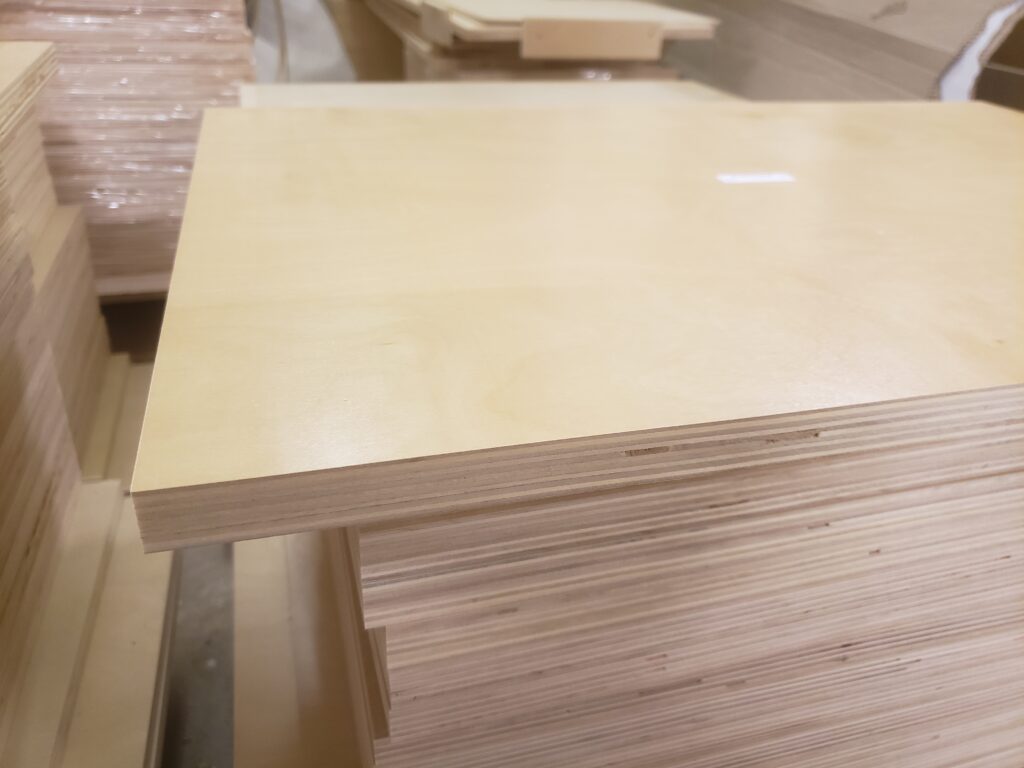Plywood and MDF, or medium-density fiberboard, are both commonly used in the construction of sports lockers but they have some significant differences that can affect their suitability for different projects. Understanding these differences can help you choose the right material for your sports locker needs.
One of the main differences between plywood and MDF is their structure. Plywood is made from thin layers, or plies, of wood veneer that are pressed and glued together. The grain of each layer is perpendicular to the one below it, which gives plywood its strength and stability. MDF, on the other hand, is made from wood fibers that are broken down and mixed with resin, then pressed and dried to form a dense, solid board.
One of the advantages of plywood for sports lockers is its strength and durability. The layers of wood veneer in plywood are held together with strong adhesives, and the cross-grain construction gives it added stability. This makes plywood suitable for a wide range of furniture applications, including tables, chairs, and shelving. MDF, on the other hand, is not as strong as plywood and is more prone to breaking and warping.
When it comes to wood lockers and sports lockers, plywood is the superior choice due to its strength and durability. These sports lockers are often subjected to heavy use and may be banged around or have items placed on top of them. Plywood is able to withstand this type of abuse better than MDF, which is more prone to damage. Additionally, the moisture resistance of plywood makes it a better choice for sports lockers, which may be located in damp or humid areas.

Another difference between plywood and MDF is their appearance. Because it is made from thin layers of wood veneer, plywood has a more natural, wood-like appearance. It can be sanded and finished to achieve a smooth, even surface, and it can also be painted or stained to match your desired aesthetic. MDF, on the other hand, has a uniform, smooth surface that does not have the natural grain of wood. It can also be painted or finished, but the finish may not be as durable as that of plywood.
Plywood is also more resistant to moisture than MDF. Because it is made from thin layers of wood, it is less likely to absorb moisture and is less prone to warping or swelling. MDF, on the other hand, is more susceptible to moisture damage and is not suitable for outdoor use or in high humidity environments.
Another factor to consider when choosing between plywood and MDF for furniture-making is cost. In general, plywood is more expensive than MDF, especially when it comes to higher-grade plywood. However, the added strength and durability of plywood may make it a more cost-effective choice in the long run, especially for items that will be subjected to heavy use or will be used in damp or humid environments.
In conclusion, plywood is the superior choice for sports lockers, especially for items that will be subjected to heavy use or will be used in damp or humid environments. Its strength, durability, and moisture resistance make it a better choice than MDF, which is more prone to damage and moisture absorption. While it may be more expensive upfront, the added strength and durability of plywood may make it a more cost-effective choice in the long run.
